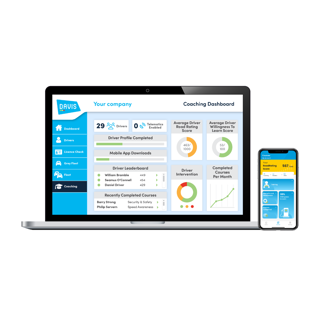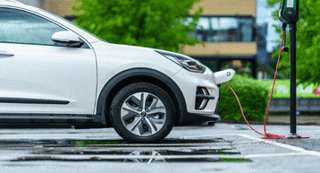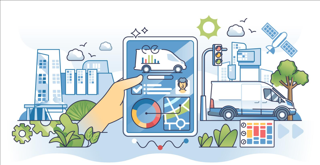Bridgestone Europe, a subsidiary of Bridgestone Corporation in EMEA, has entered into an agreement with TomTom to acquire its telematics business for a cash consideration of €910 million (£800 million).
Bridgestone said that the transaction, which is due to be completed in the second quarter of this year (subject to regulatory approvals, the consultation with TomTom employee representative bodies, and approval of TomTom’s shareholders) will create "a fleet solutions powerhouse".
It will allow Bridgestone to cross-sell tyres and solutions to a larger customer base (TomTom Telematics currently has a user base of 86,000 vehicles) and tap into TomTom Telematics' data (it handles, on average, more than 800 million GPS positions, 3.3 million trips, and 200 million inbound messages per day). The data access will enhance Bridgestone’s virtual tyre development and testing as well as connected tyre innovation.
Bridgestone has already launched a range of digial solutions and applications such as Tirematics, Mobox, FleetPulse and Bridgestone Connect, having built capabilities in data collection from sensors, data platforms and analytics.
It believes it has the "perfect assets" to "accelerate" the TomTom Telematics business, which has consistently grown its customer base and maintained a profitable business.
Paolo Ferrari, CEO and president of Bridgestone EMEA, executive vice president of Bridgestone Group, said: “We have found our perfect match in TomTom Telematics. Our complementary assets and capabilities will create a fleet solutions powerhouse and will further strengthen Bridgestone’s digital technology arm.
"Beyond scale, there would be considerable benefits by complementing our offerings, allowing us, among many other opportunities, to sell tyres and solutions across our customers. We are now well-positioned in EMEA to accelerate our data-driven business, expand our fleet customer base and seize fast-growing, profitable opportunities in the automotive mobility industry.”
He added: "We recognise and respect the talent and skill of TomTom Telematics’ management team and its 670 employees. It’s our intention to foster and grow the business and support its current plans. We want TomTom Telematics to continue serving its customers as successfully as it has done over the last few years and take advantage of its number one position in a fast-growing market.”
Thomas Schmidt, managing director of TomTom Telematics, said: “We look forward to accelerating our ambitious growth plan and seizing new opportunities as part of Bridgestone. In the meantime, we expect the transition to be seamless with no disruption for our customers, suppliers and employees.”
The telematics business unit is the only division of TomTom which is being acquired and Harold Goddijn, CEO of TomTom, said that TomTom would continue to invest in its map-making system, enabling faster map updates while lowering operational costs, paving the road towards autonomous driving.





















The Engineer - 22/01/2019 15:23
Lets hope the devices get better, years on and many software updates later - there are still usability issues. The battery runs down pretty quick even in 'sleep' mode especially when cold, if you have to do a full start up it takes at least 5 minutes! Not enough position buffering when out of mobile network range so trip records can be corrupted or incomplete, still no ability to put your own marked POI into your own folders (like work, personal, customers etc) like you could in even the old school Tomtoms so setting a regular destination requires laborious scrolling through one long list of locations to find it, and you cant search your own set POI's. No ability to just delete jobs off the job list if cancelled without going through numerous steps, no avoid roadblock at set distances like old devices had, so if you see an incident happen ahead, Blue lights etc and you want to get around before you run out of possible exits you can't do it, used to be a good feature on old ones. No ability to upload a route or POI set on the PC site to the device via mobile data connection, you have to plug it in the PC. The mapping and guidance has always been the best around, and the traffic avoidance works a lot better these days, its very good. But the devices need a big rethink.